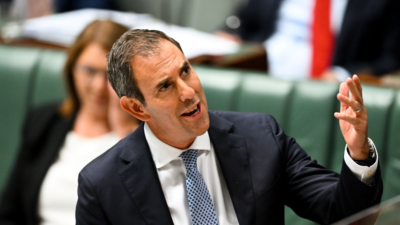Betting against acts of God is a great way to make money, but institutional allocations to natural catastrophe reinsurance have stayed relatively static even as some managers are generating double-digit uncorrelated returns.
There’s around 15,000 hedge funds in the world – but how many of them are really hedge funds? When you’re looking for non- or less-correlated returns, it might pay to stay away from a long bias.
Funds that want to take the total portfolio approach first need to get the total portfolio view. To do that they not only need data – and lots of it – but a rock-solid understanding of exactly how they’re going to use it.
The Albanese Government’s tweaks to the Future Fund’s mandate might be measured and well-intentioned, but will inevitably reduce confidence in its ability to fulfill it by introducing uncertainty around where its priorities lie.
With heightened anxiety around service outages, and CPS230 coming into effect next year, State Street and a slew of other custodians are working with ACSA to enhance their response to the critical operational needs of super fund clients.
Some members are excited for retirement, while others approach it with a “real sense of shame and fear”. Funds are going to have to figure out how to cater to both groups or risk failing them all.
If there’s one lesson for investors from the past five years, it’s that chopping and changing their strategy – even in the face of massive market turmoil – doesn’t always pay.
Opening up early access to super for housing would have a negative effect on the balances of even those members that don’t dig into their savings, with funds forced to adopt more conservative investment strategies and hold more liquid assets.
The circa $88 billion industry fund for workers in health and community services reckons that alleviating the affordable housing crisis will boost its other investments by easing the cost of living and inflation.
The chief member officer of the circa $90 billion profit-to-member fund will step down after “nine terrific years” in the role with the fund now commencing its search for a replacement.















